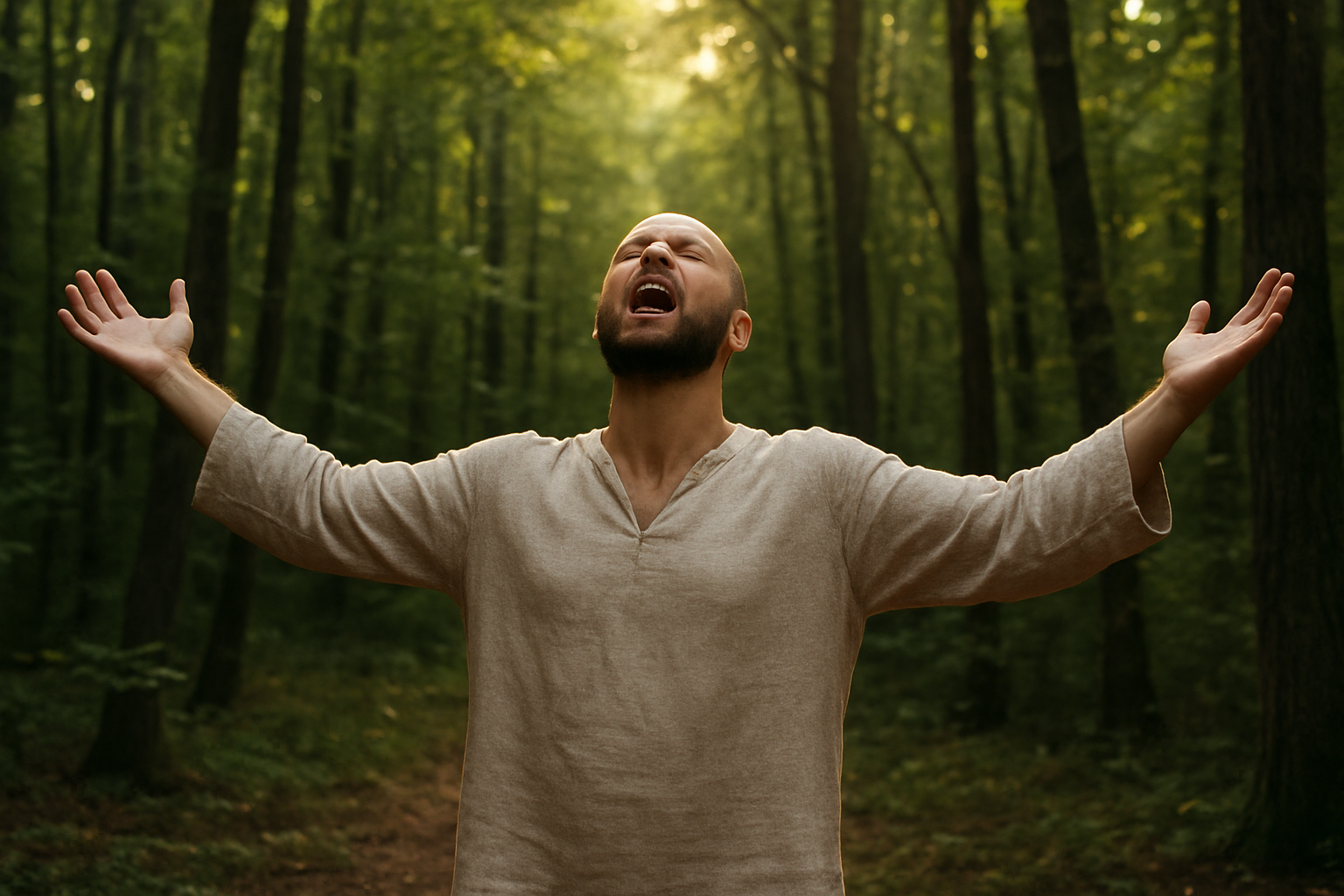I experienced a bout of major depression this summer. It followed a scare I had about possibly refracturing my left foot. As it turns out, no damage occured other than a strain. However, even after this confirmation and the pain receding, I felt incredibly gunshy about doing anything remotely stressful with that foot.
My reaction to this situation was 100x worse than when I actually fractured my foot and ended up in a boot. Even though it was much worse then, I was able to radically accept that current situation and acknowledge that my period of recovery was temporary. When I had the scare this summer, I quickly descended into a cascade of what-ifs:
What if I keep fracturing my foot?
What if I can never run again?
What if this worsens my already negative body image?
What if this makes me less desirable?
My rumination was also accompanied by a large dollop of shame and guilt. “Really, you fractured it AGAIN after just being out of it for a little over a month? What kind of an idiot are you?” This has been my pattern for as long as I can remember. An experience triggers a strong negative emotion, and my first thought is almost always “I effed up,” or “I’m just a loser.”
I’ve done practices and challenges that have greatly reduced the frequency of these critical thoughts, such as my Month of Transforming my Self-Talk. However, the intensity is still pretty strong when some aspect of my physical health or functionality is directly concerned.
I gave a speech in July that I titled “Anti-Stagnation Recipe” which centered on what to do when you just feel trapped, demotivated, and are cycling through the same bad habits and emotions. There were three main ingredients I presented:
- Get on a very simple time paradigm.
- Establish and stick to 1 or 2 basic healthy habits.
- Make a spiritual connection.
It’s this last ingredient that has really been a game-changer for me recently. I developed the seeds of the spiritual beliefs I hold today after my first major depressive episode back in 2018. However, for a couple of years following that, they remained mostly conceptual, not experiential.
Since my mini-breakdown this summer, I have been practicing consciousness focusing regularly. The highlight of this practice is proclaiming your emotional addictions and your desire to be free of them with as much emotional voltage as possible, utilizing any means possible, including yelling, crying, and gesturing.

I found a clearing in a wooded area next to a bridge overpass near where I live that has been mostly perfect for this practice. The one downside is there can be a LOT of bugs if I end up going too late in the day. The first couple of times I engaged in this practice, I felt incredibly self-conscious and doubtful. However, after pushing through that initial resistance, the liberation and power I experienced afterwards was palpable, and the sessions are only 15-30 minutes long.
Upon entering my car, however, I became a bit melancholy that this practice wasn’t feasible during everyday life when people were around. It was then I realized what was at the heart of this practice: spirit breath. In fact, I noticed that a not insignificant portion of the practice involved very intentional powerful breaths, where I welcomed presence, welcomed spirit, and welcomed universal self while expelling negativity and self-doubt. This simple intentional awareness of presence is always available at all times, even if the dosage varies.
Since that realization, I have been able to capture some of this energy at various times throughout the day simply by remembering my practice and intentionally and powerfully welcoming spirit into my interaction of the moment. A few breaths later and the disturbing event/emotion combo feels more like a challenge to be explored rather than a threat to be survived.
I suppose techinally, this spirit breath is eternally available. However, I have found it much more difficult to access and appreciate if I haven’t practiced consciousness focusing in the last several days. It opens up a channel that allows spirituality to move from head to body.
The best part is that you can easily adapt the practice to accomodate whatever brand of spirituality you subscribe to. Happy breathing!
Namaste.